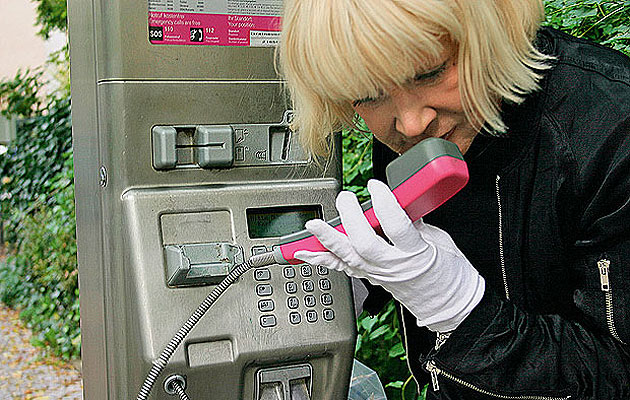|
|
||
|
“I’ve walked around the city for 10 days and tried to put my nose in areas downtown,” says Sissel Tolaas. “I went into the subways and the underground between stations. I found old food and an old computer, and collected smells off people’s bodies … I went to the market and smelled a lot of African farm products. The guy freaked out. He said ‘What are you doing?’ ‘Smelling.’ ‘Yeah but you can look.'” Sissel Tolaas is a chemist specialising in smells – and an advocate for one of our most powerful, yet sometimes neglected, senses. It may be an offbeat topic, but her presentation at Design Indaba was packed and recurred in conversations as a high point of the conference. Where to begin with the highlight? There was a project with MIT involving a broad study of male sweat, involving female volunteers and a lot of hardworking armpits. For Adidas, Tolaas analysed the chemical combinations found in David Beckham’s football boots, discovered an affinity with a particular kind of cheese – and made up her own wheel of Beckham Limburger for the London Olympics VIPs. But her trademark is to sample smells from places. When she travels, she takes an electronic nose and – relying mostly on her own nose, of course – tries to capture the olfactory essence of a place. This has been used, for instance, to create a record of a condemned apartment building by capturing the air in its halls. In Berlin, where she is presently based, she recovered historic smells from the U-bahn. “I said I could smell communists,” she recalls. “I went down to the third floor and drilled a whole in the wall and it came out really nice.” From the preserved molecules, she recaptured the scent of communist East Berlin. “If you look you find. If you smell you really find more.” Tolaas is an evangelist for the social potential of her work. In one project, she sampled smells from homeless people, reproduced them, and packaged the perfume in smart crystal bottles. These were given to children. With the smell recontextualised, interest replaced disgust; when the source was revealed, attitudes to homeless individuals changed. “Everything is so visual. It’s interesting for them to smell, and not always look,” Tolaas says. “This is our chance for humanity … We can bring respect back again by using other senses. Respect for the city. Respect for elders. Respect for food. “Nowadays everything is sterilised, protected … We are losing so much vital information by doing all this. When I was studying biology, I had to smuggle raw milk into the university. It was like I was dealing drugs or something … Forbidden, forbidden, forbidden.” |
Image Sissel Tolaas
Words Will Wiles |
|
|
||




















